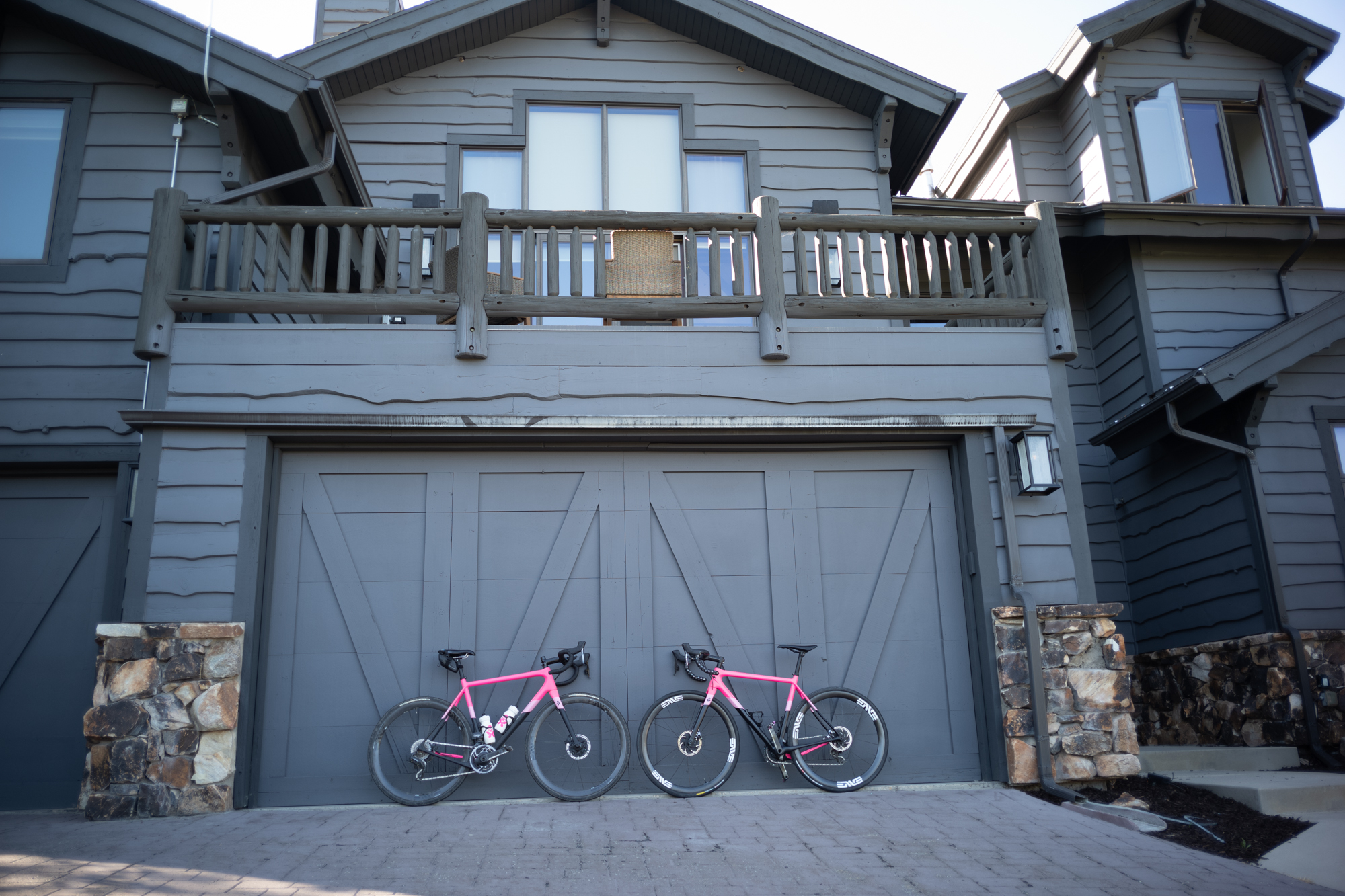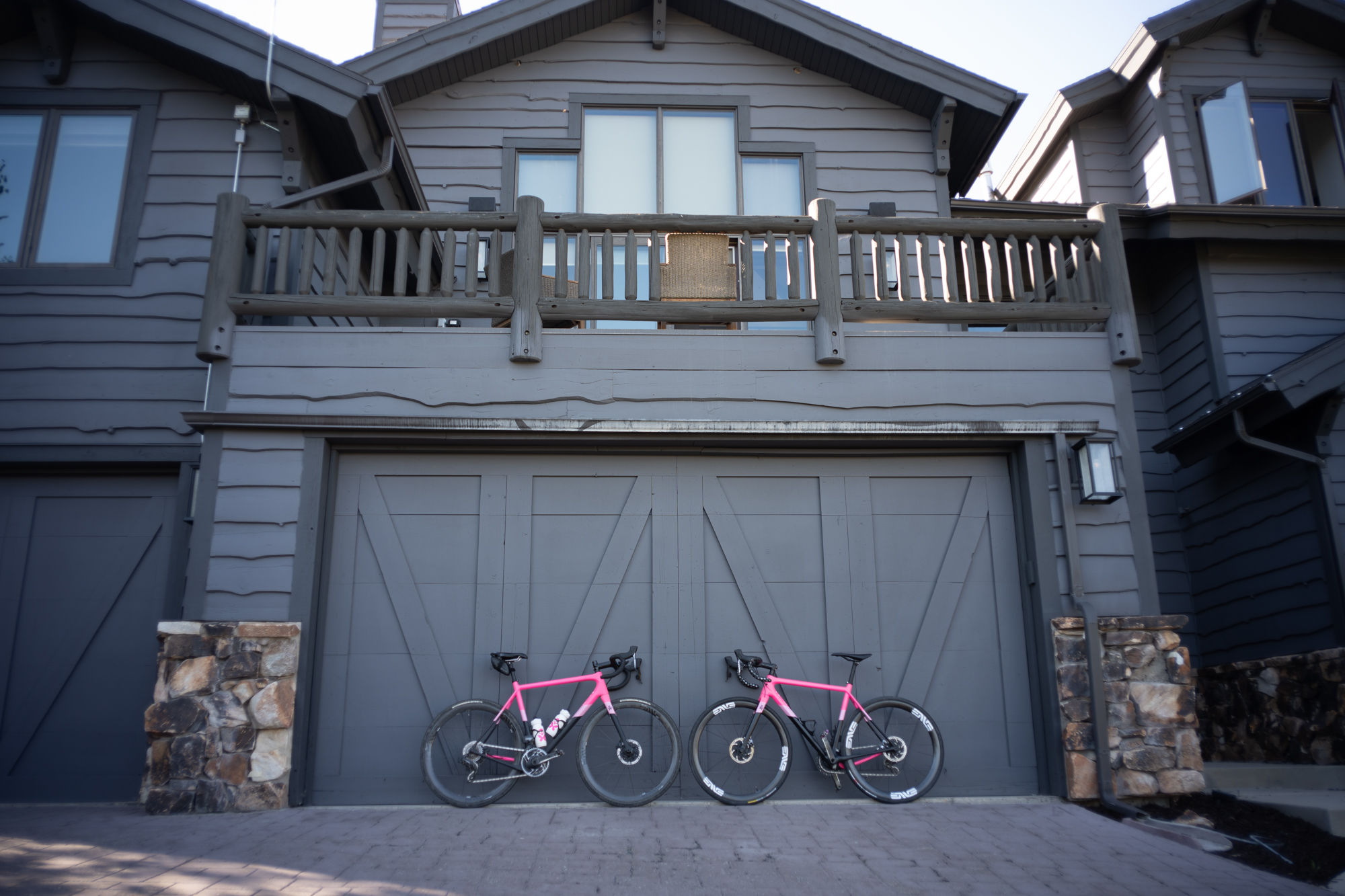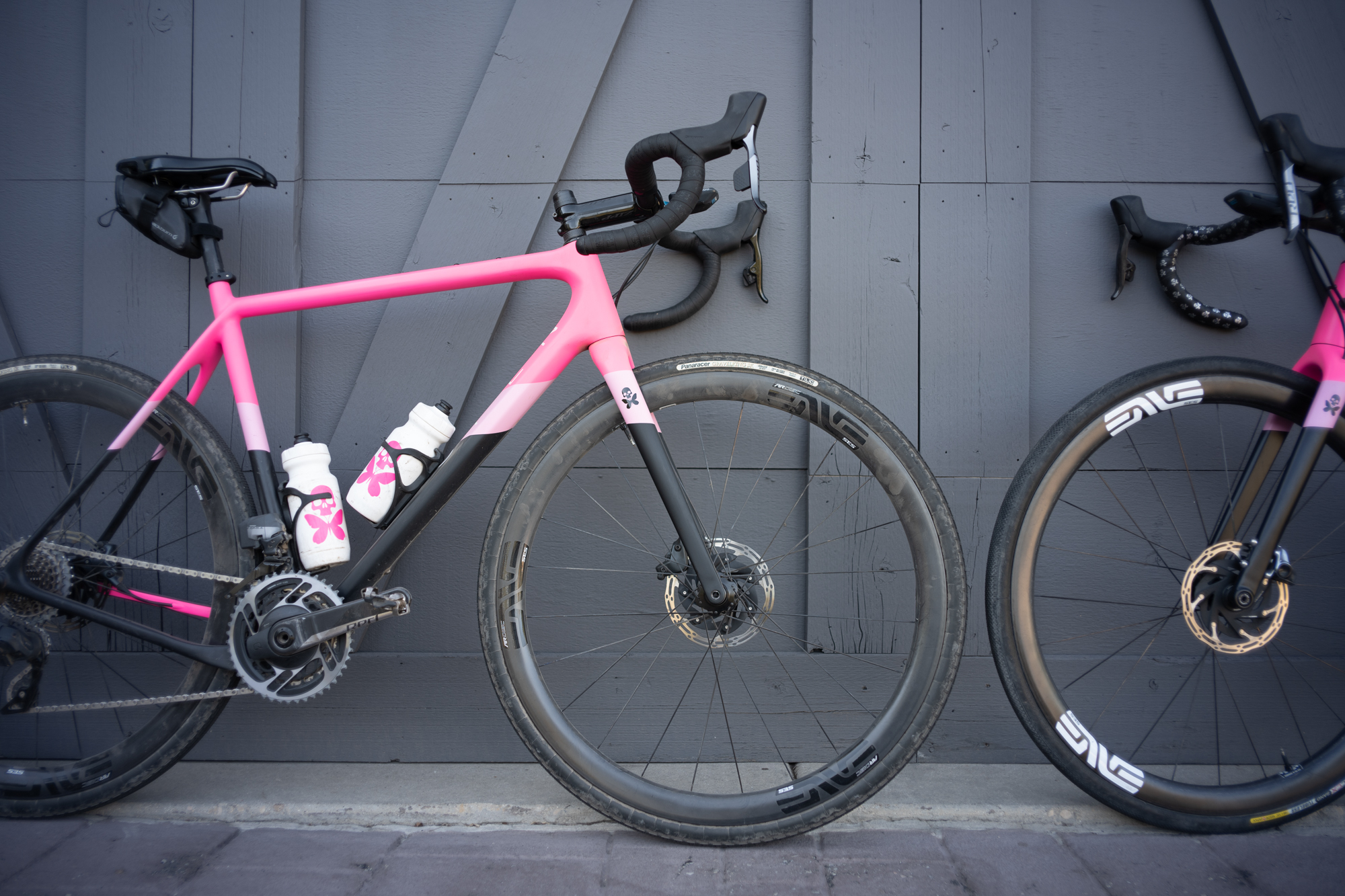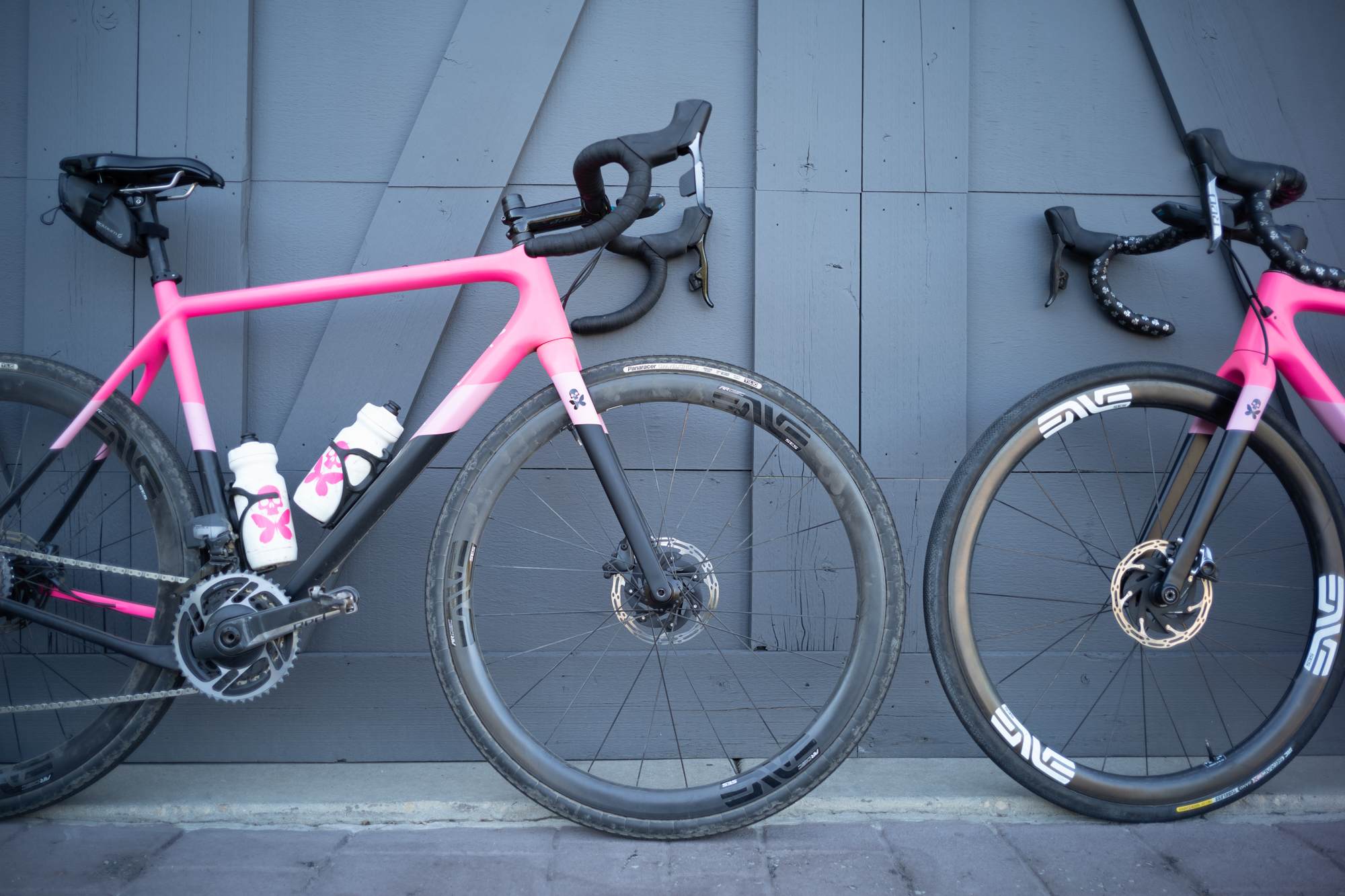And so it goes that my top client is now requiring me to use “The Leica” when I shoot for her company. For any naysayers who think the whole “Leica look” is bunkum, the reason she is making this request demand is that after several shoots where I did a side by side comparison and mixed together images from my Leica M10 and Sony (shot with G-master level lenses and Zeiss Batis primes) she repeatedly and consistently picked out the rangefinder images from an unlabeled gallery. Moreover, she likes some of the flares and classic rendering present when I use vintage lenses on the M10. Resistance is futile. From past experience, she will be happier if I give her what she wants. There will be hell to pay if I don’t.
There are two issues with her request. First, the Leica M10 is not designed to shoot action. The frames per second burst speed is too slow for our needs. Second, 90% of everything I do for her is done with flash and I am invested in the Profoto flash system. TTL flash is not required but HSS is mandatory. Although I can trigger the Profoto flashes in manual mode, the Leica M10 does not support HSS.
The M10 will not work. I am, however, 99% certain, I can make her just as happy using my M-mount lenses adapted on a modern style mirrorless camera that is suited for flash photography. For me, using a Sony is not an option because using a Sony with adapted lenses is a headache. It is also no secret that Sony mirrorless cameras do not play well with rangefinder lenses because of the thickness of the camera sensor which is otherwise known as the sensor stack thickness issue (more on this in a minute). This leaves me with four options. These are the Leica SL, Leica SL2, Panasonic S1, and the Panasonic S1R.
The reason that Panasonic is on the list (as opposed to Fuji or something else) is that Panasonic has a relationship with Leica, I hoped that they shared enough technology to overcome the sensor stack issues with Sony mirrorless cameras (again more on this in a minute). It is widely known that the Leica SL2 and the Panasonic S1 are similar but not the same. The Leica SL2 has a “micro-lens array” that is supposed to help with adapted M-lenses. Truth be told, I would spend whatever it takes if I knew that this “micro-lens array” would allow me to use my M-mount lenses without hesitation but, getting back to our Profoto flash issue, the Leica SL cameras won’t work for my needs. Neither the Leica SL nor SL2 support HSS with Profoto flashes. Therefore, the fact that the Leica SL2 has a “micro-lens array” over the sensor is irrelevant to me. I can’t take advantage of it even if I wanted to spend $5000+ on a camera body.
My decision was essentially made for me. My options were the Panasonic S1 or S1R. Given that I am using adapted lenses and some have some age on them, I opted for the 24MP Panasonic S1. I am not 100% certain these old lenses can handle the resolution of the 47mp Panasonic S1R.
This article is the summary of my tests with three adapted rangefinder lenses on the Panasonic S1.
Background
If you know where to look, it is written all over the internet that M-mount lenses do not adapt well to mirrorless cameras. The mantra that “M lenses work best on an M camera” is gospel. The reason is that the glass filter on top of most mirrorless camera sensors is thicker than the sensor used in Leica digital rangefinders. This causes peripheral smudging, vignetting, color shifts, and color fringing.
In short, camera manufacturers put a bunch of different layers on top of the sensor including a protective layer, an IR cut filter, and an antialiasing filter. All of these layers can be up to several millimeters in thickness. There is no industry standard on how thick the sensor should be. Looking at the LensRentals database many are 1-4mm thick. The M10 only has an IR cut filter and measures 0.8mm. The Panasonic S1R has a thickness of 1.45mm.
The difference between 0.8mm and 1.45mm doesn’t seem like much but apparently, in some situations, it is enormous. Spoiler alert: using some m-mount lenses…at some distances… with some apertures on a Panasonic S1 is an unmitigated disaster.
Please re-read that last sentence. This whole filter stack business doesn’t affect all lenses equally. The rule of thumb is that wide-angle lenses will have worse performance at longer distances. This is because “the angle of incidence of light to the sensor is more oblique than it is with the ‘tele-centric’ lenses which most modern cameras use. The problem becomes more pronounced when the rear element of the lens is closest to the sensor (which is towards infinity). “
This sensor stack issue is such a big deal that there are even companies that modify the sensor to make it thinner. Kolarivision is one.
All of that is good and well, but there are no specifics indicating which lenses, what apertures, and what distances are acceptable to me and my client. In my experience, there are too many times when pixel peepers on the internet make huge deals out of nothing that any normal person cares about in an image. Spoiler alert: this is not one of them.
My goal with this little project, therefore, was to determine if the lenses and focal lengths I normally use would be acceptable to me and if so, come up with a set of guidelines for when I could or could not use my adapted lenses. Spoiler alert: uggh.
Conclusions
I will save you the pain of scrolling and hearing me bitch and moan. Here are the conclusions first.
- Sometimes the internet doesn’t lie. You can’t just take M-mount lenses and stick them on a Panasonic Lumix S1 and hope to get good results at all focal lengths and distances.
- Images obtained at infinity focus and wide open had major issues AT ALL FOCAL LENGTHS and were unuseable at 28mm with the lenses I tested. The commonly held belief that this is only an issue with wide-angle lenses is wrong with the lenses I tested. It is worse with wide-angle lenses but important all the way up to at least 50mm if shot wide open at infinity.
- The issues are not confined to the periphery of the images. There are issues in the center of the images as well.
- Aperture plays a huge role.
- The most significant issues are encountered when shot wide open.
- Useable images were obtained at F4 at all focal lengths and focusing distances. The issues were more pronounced with the wider lenses at F4 but images at F4 at all focal lengths and distances were at least useable.
- At F8 the issue is not noticeable at any focal length or focusing distance.
- Weird color fringing (chromatic aberrations) happens at many focal lengths and focal distances. There are also significant color differences between the Panasonic and Leica but I didn’t focus too much on this in my analysis. If an image is smudged and unusable it doesn’t matter what color it is.
- Using adapted m-mount lenses on an unmodified Panasonic S1 is a pretty dumb idea unless your goal is to shoot them at f4 or slower and/or carry a chart with you to remember which lenses work at which focal lengths and which apertures.
- With the Zeiss Biogon 28mm f/2.8
- At infinity and f/2.8, the image was horrendous. Smudging was present in the center and periphery of the images
- By f4 at all distances, the images are useable and any smudging is confined to the periphery of the images.
- At f8 there is essentially no difference in the images between the Panasonic and Leica other than color differences. In some cases, I preferred the Panasonic images.
- With the Leica Summarit 35mm f/2.4
- At infinity and f/2.8, the image was passable but on close inspection not that shiny. Probably OK for Instagram.
- By f/4 at all distances, the images are useable. Pixel peepers can find issues but the images are useable and you might not notice them in a busy image.
- At f8 at all distances, there is essentially no difference in the images between the Panasonic and Leica other than color differences. In some cases, I preferred the Panasonic images.
- At mid focusing (4-5 feet) the performance was good and the images are perfectly acceptable even wide open.
- At close focusing (0.8m) the performance was good and the images are perfectly acceptable even wide open.
- With the Leica Summarit 50mm f/2.4
- At infinity and f/2.8, the image was unusable. The Summarit 50mm f/2.4 wasn’t spectacular on the M10. It is possible that this has at much to do with the lens as it does the sensor stack issue. It is possible another lens would have performed better.
- By f/4 at all distances, the images are usable and perfectly good. Pixel peepers can find issues but the images are useable and you might not notice them in a busy image.
- At f/8 at all distances, there is essentially no real significant difference in the images between the Panasonic and Leica other than color differences. In some cases, I preferred the Panasonic images.
- Did I break new ground here? Not really. But now you know this whole sensor stack business applies to the Panasonic Lumix S1, it isn’t limited to Sony cameras, the issues are not confined to the periphery of the image, and I learned that I can’t reliably use these lenses for commercial applications if there is any possibility that I will be shooting at a far distance or wide open.
Some highlights from the images
The following images are comparison images obtained using the Zeiss ZM Biogon 35mm f/2.5 lens focused at infinity and at f/2.8. This is the image from the Leica.
The next image is from the Panasonic S1. You will note that there is smearing in the corners but also in the center of the image.
How about a zoomed side by side. Ewwwww. Yuck. Blech. Please also note that this crop is from the center of the image. This issue does not just affect the periphery of the image.
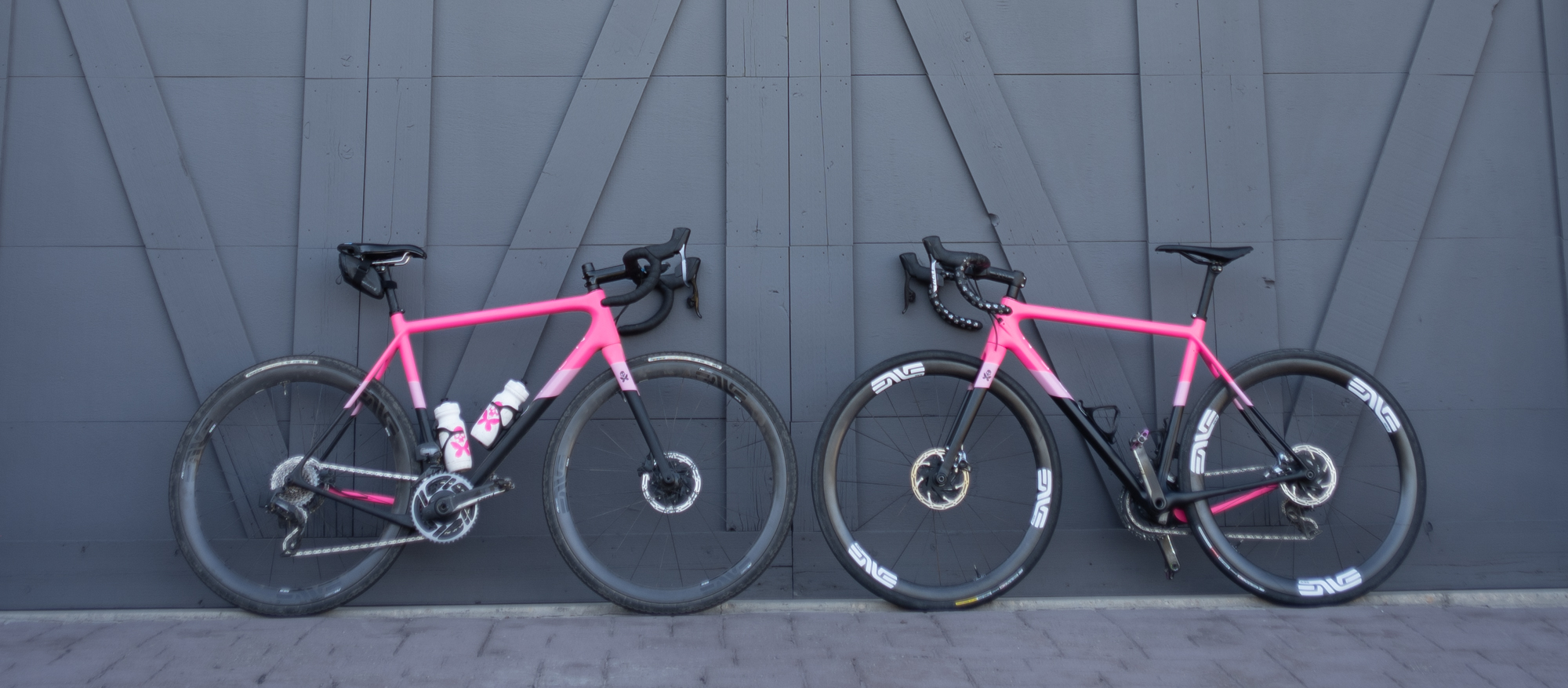
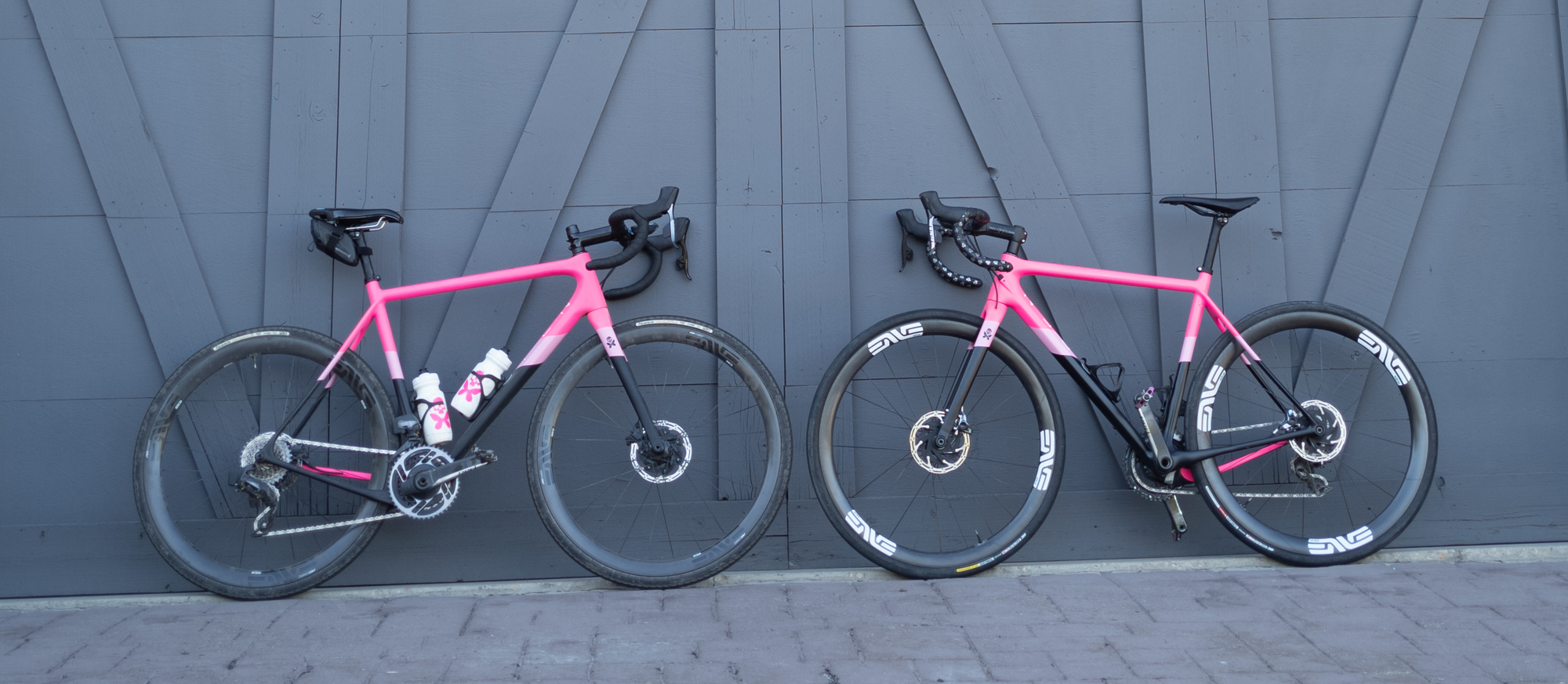
When shot at a distance of about 4-5 feet at f2.8 all of the smudging is confined to the periphery. The center is comparible between the two images. Panasonic is the first image on the left.
When shot at 0.7m at f/2.8 there are differences but they are negligible. The Panasonic image is the first image on the left.
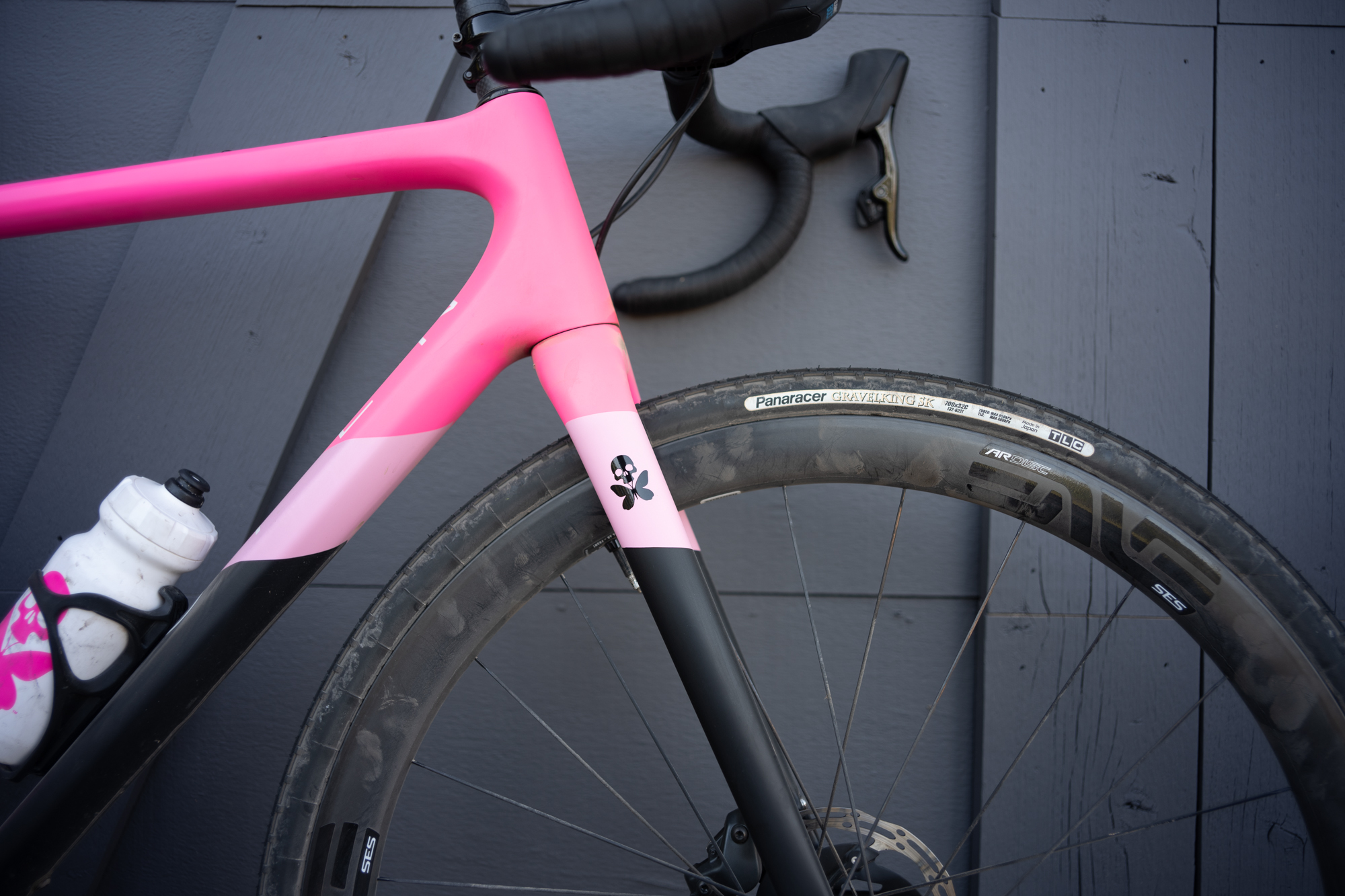
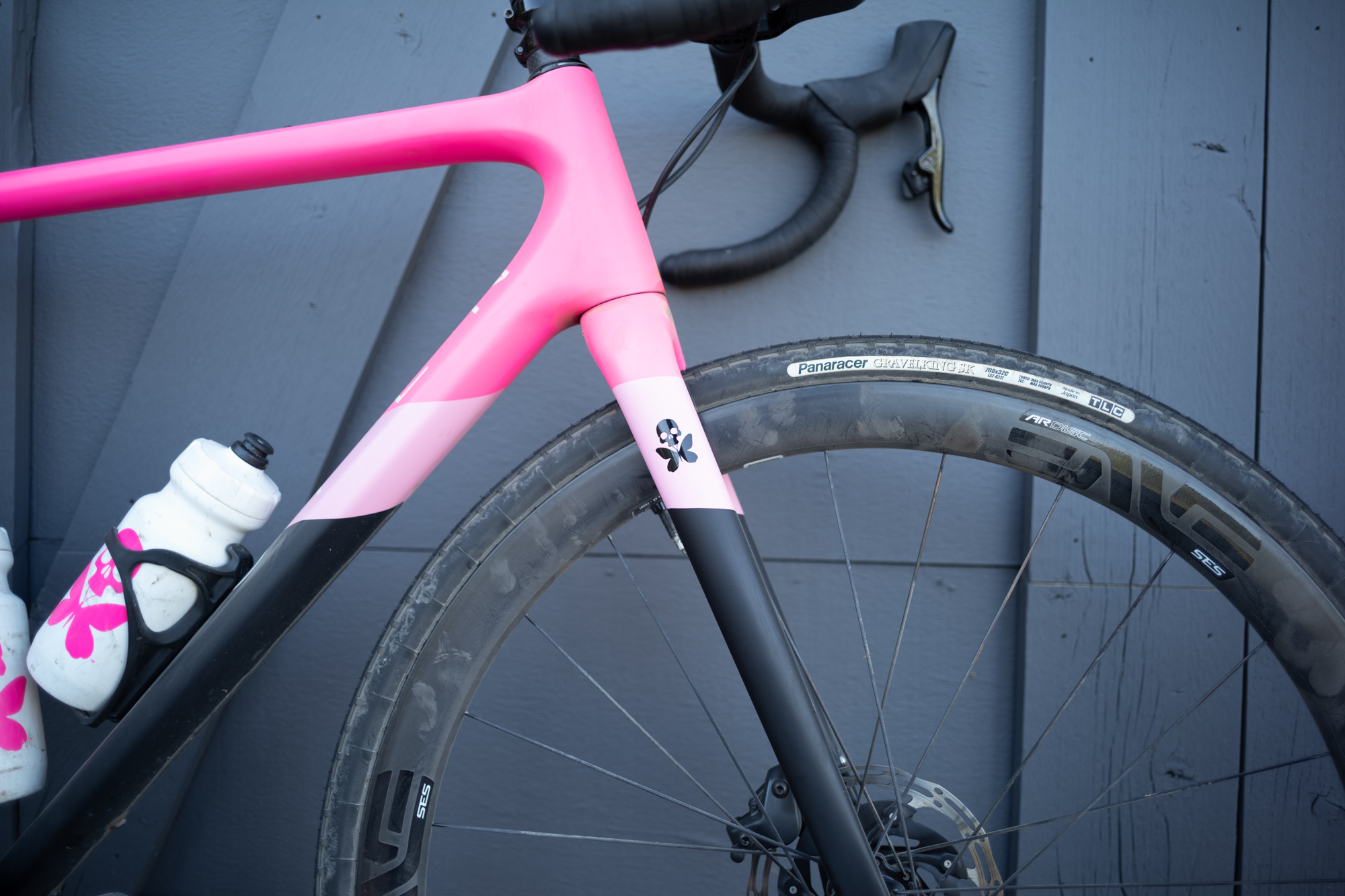
At 35mm things improve but there are still issues when shot at infinity at f/2.8. Panasonic is first on the left (cropped image to follow).
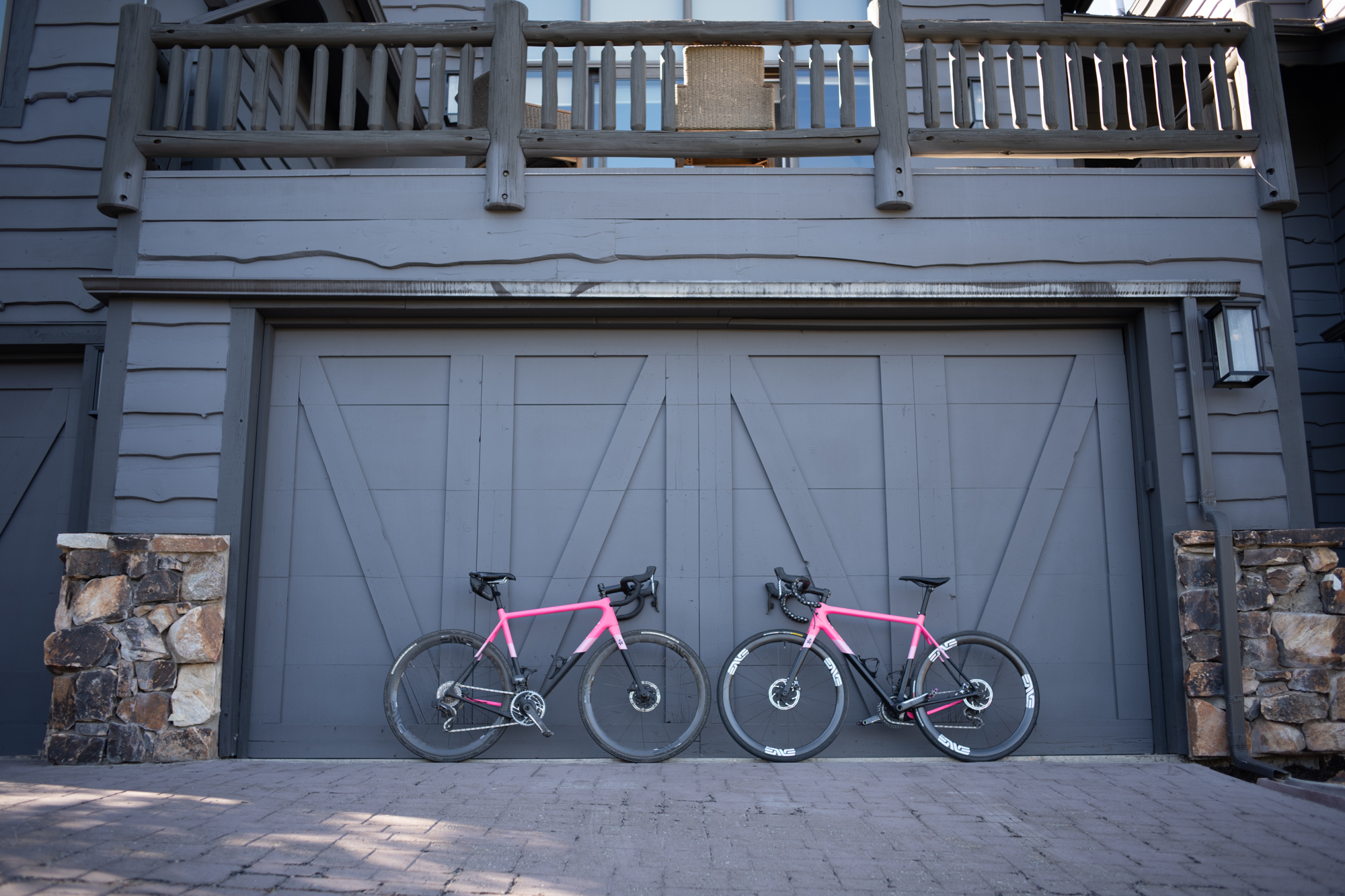
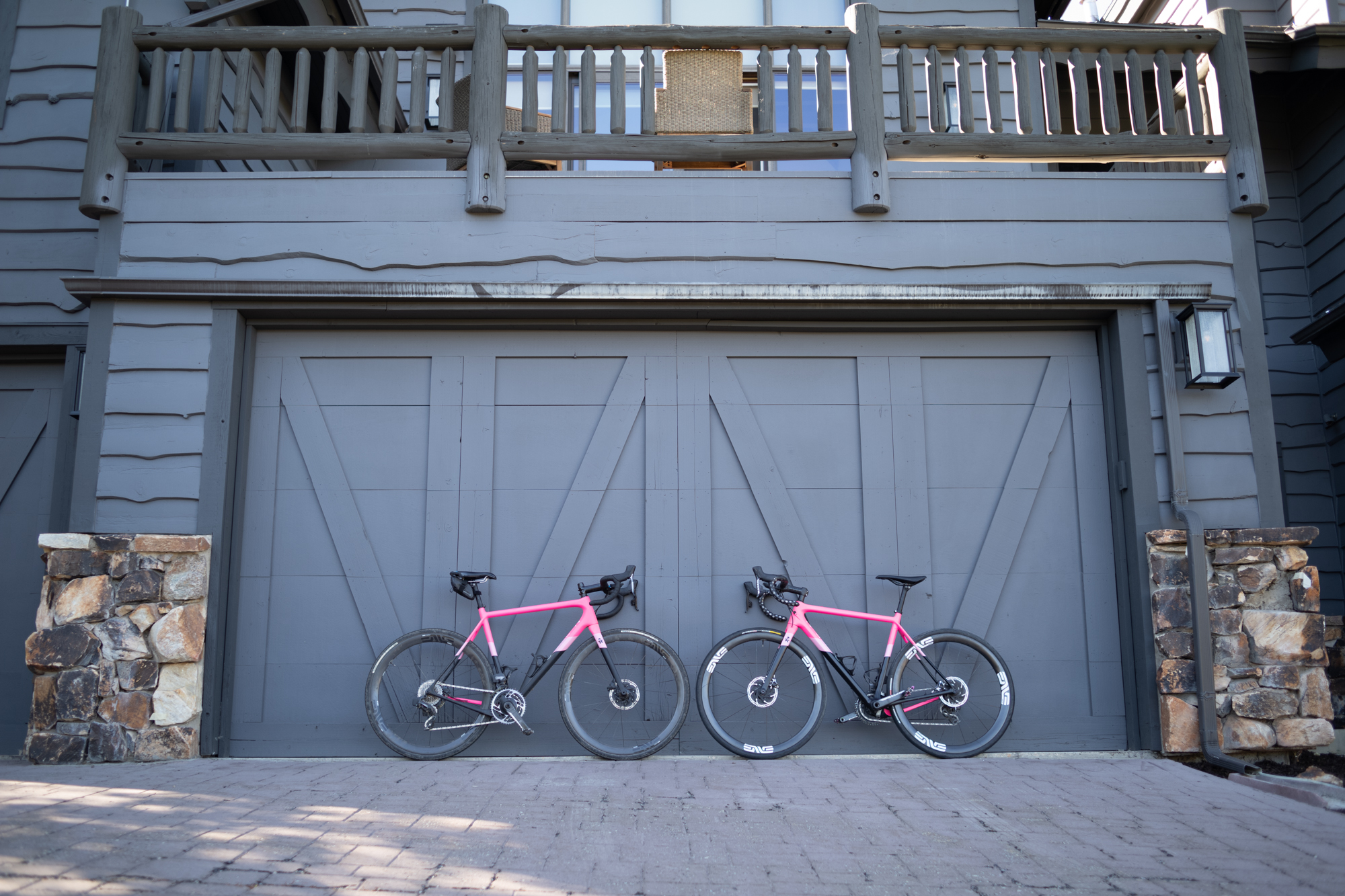
Here are the crops of the center of those images. REMEMBER: this is the center of the image. The issues are not confined to the periphery even at 35mm. Panasonic is first on the left. Note the green color fringe on the Enve logo on the wheels.
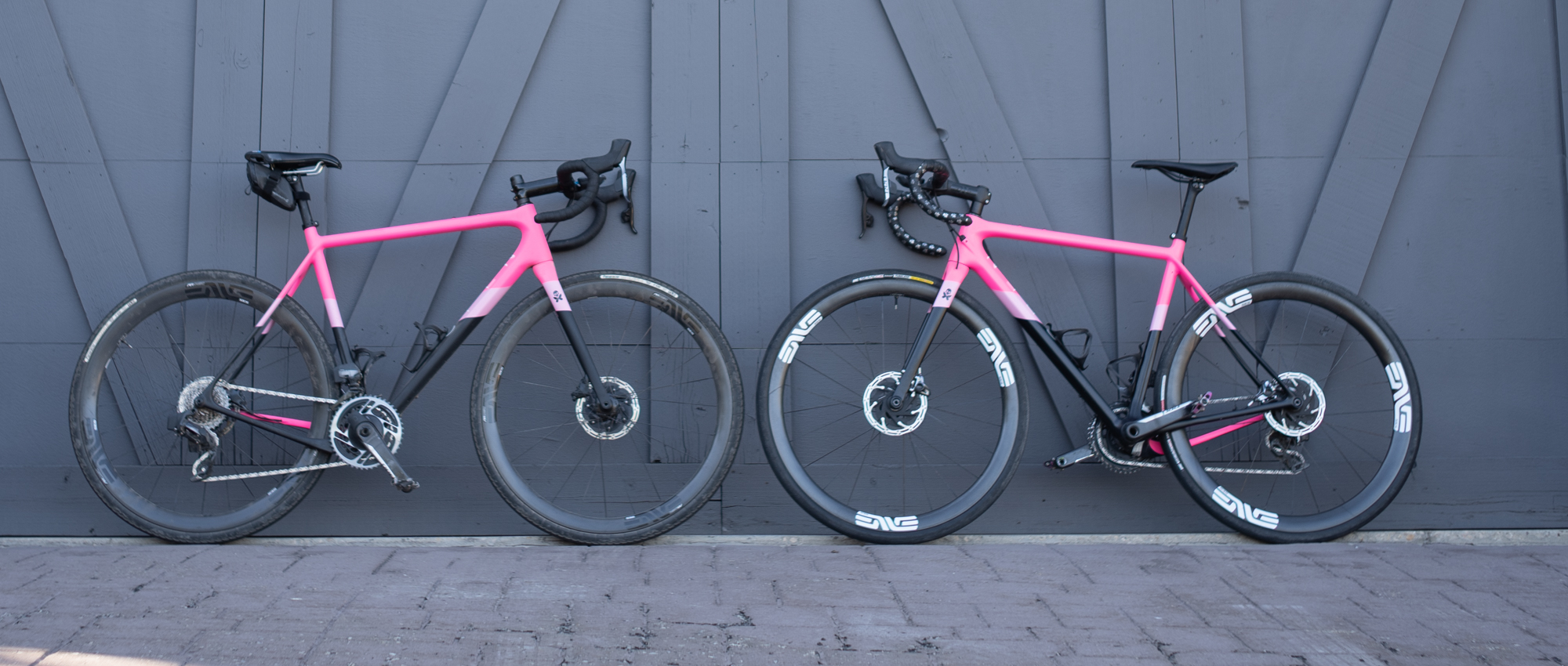
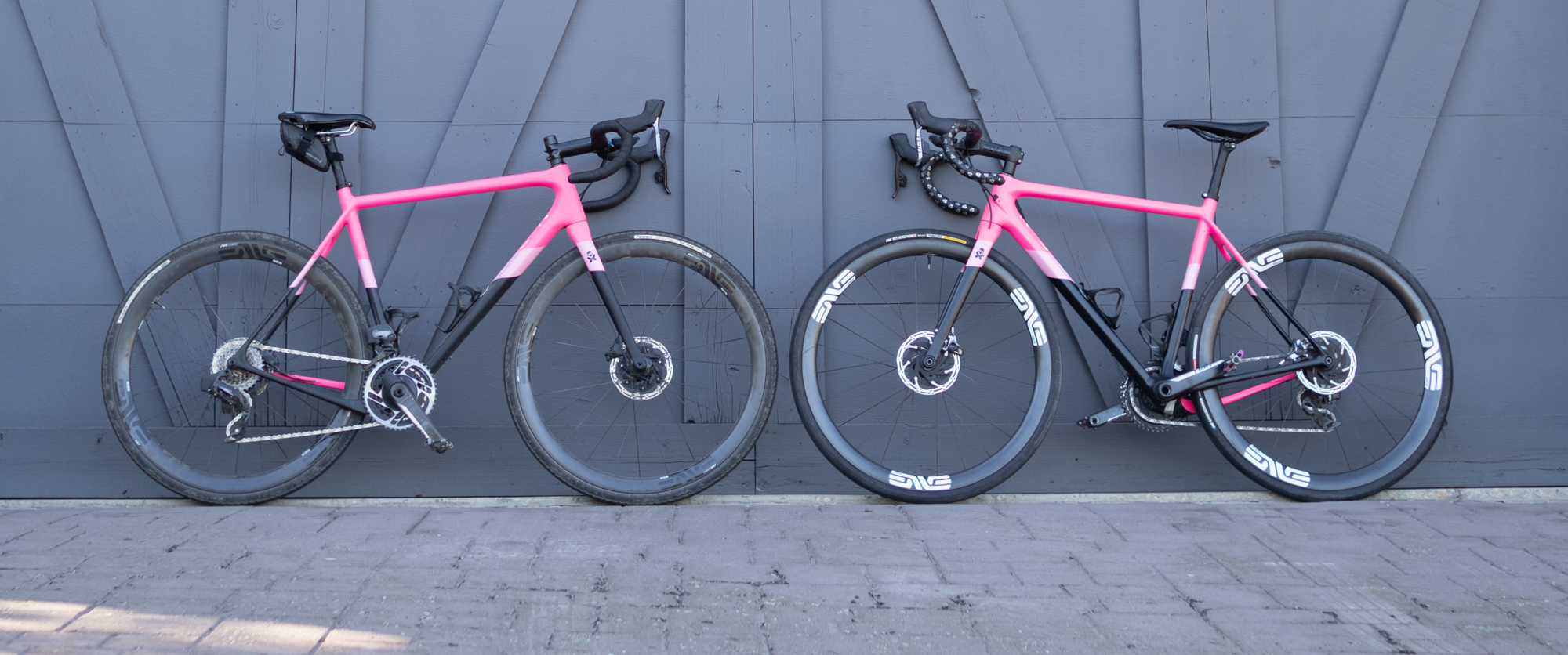
Epilogue
As you can see this camera didnt quite work out. As a salvage maneuver, I had the sensor modified by Kolari Vision. You can see the results here.


